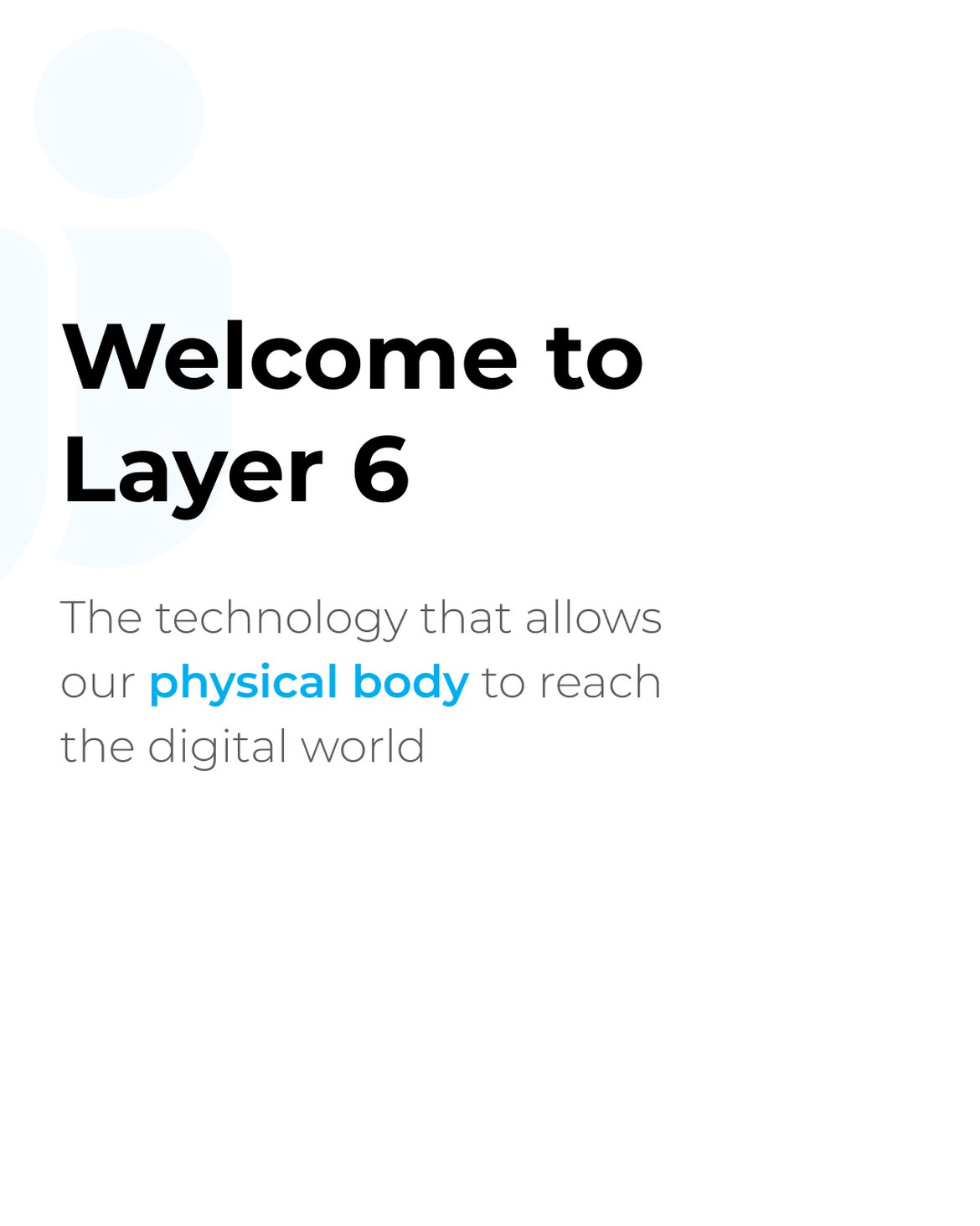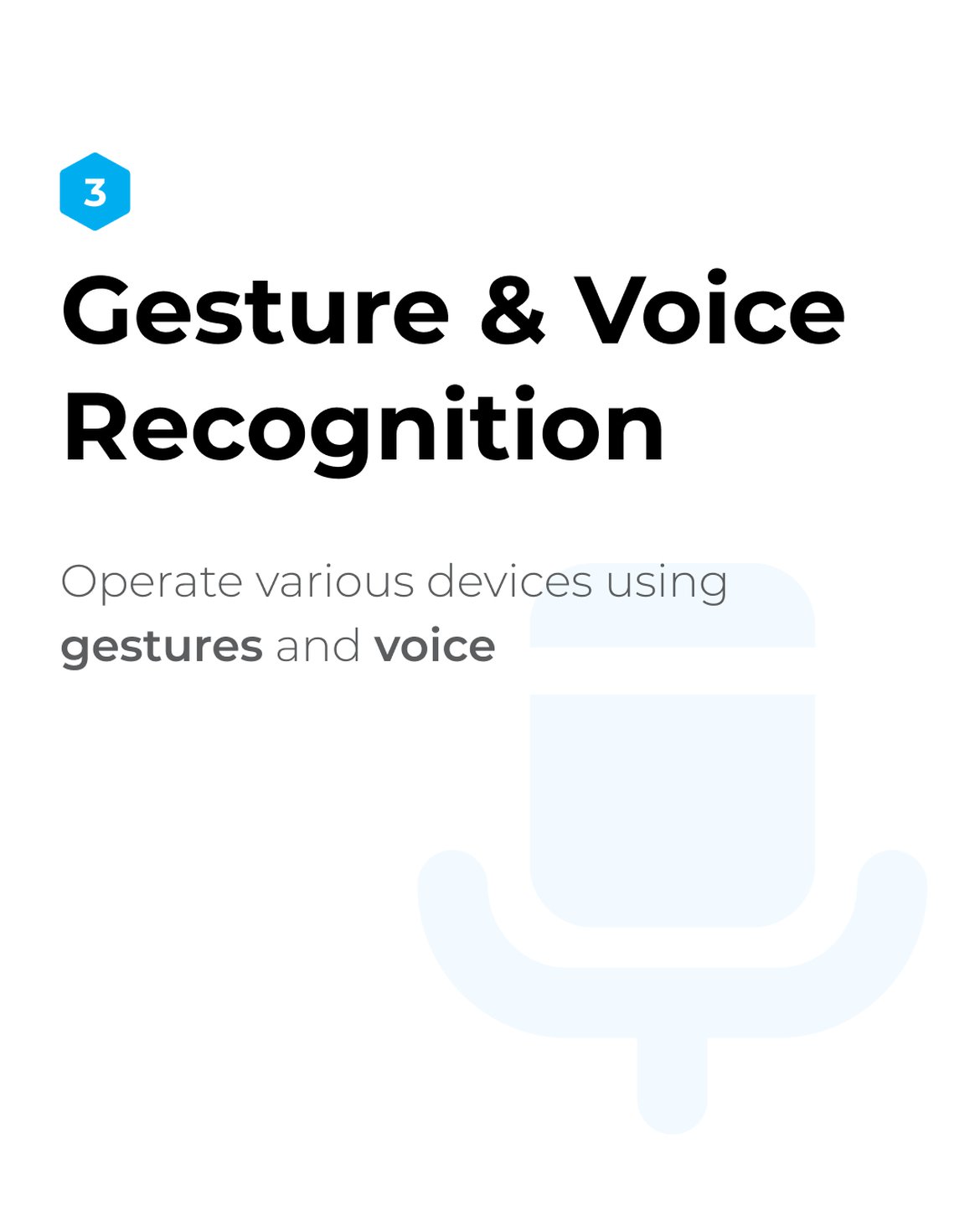
The metaverse refers to a continuum of immersive or even realistic digital experiences that allow users to engage in various activities in completely digital spaces. Widely hyped as the internet’s next frontier and seen as a significant business and financial opportunity for various industries, the metaverse aims to allow users from all over the world to easily enter and experience such digital experiences.
Imagine the convenience of participating in a massive virtual reality accessed through a VR headset, digital glasses or even smartphones. In this post, we will be looking into layer 6—Human interface, which is an aspect of the metaverse concept that largely relates to such devices.

This layer is one of the key aspects of metaverse in terms of hardware and it is the technology that allows our physical body to enter the digital world.

Nowadays, technologies are getting smaller, and more portable. It evolves closer to our bodies as if all the tech gears and gadgets could turn us into cyborgs. The process is already starting with smartwatches and smart glasses, and there’s more to come.

Wearable technology is also known as "wearables". Modern technologies have enabled technology to be worn as accessories, embedded in clothing or even implanted on one's body. Such electronic devices are powered by microprocessors, making them practical for everyday use.
For instance, existing wearables such as smartwatches by Fitbit, smart glasses by Microsoft, VR headsets by Oculus and other upcoming innovations that could help users easily experience the metaverse realm.

Haptics may also be regarded as 3D touch or kinaesthetic communication. It includes technology that uses tactile sensations such as vibrations, motions or other forces to stimulate the sense of touch in a user experience.
The most familiar example would be vibrations from a phone or game controller, such as Apple’s Taptic Engine and Sony’s DualSense Controller. Another tactile innovation is TanvasTouch which enables people to feel clothing materials before purchasing them. Haptics is often combined with wearables, giving users a sensory and immersive experience in the digital world. For example, ReSkin has developed wearable sensory suits that are compact and low-cost yet long-lasting.

While gesture recognition is the ability of a program to recognize and interpret human gestures, voice recognition identifies an individual's unique voiceprint. Nevertheless, both technologies are devoted to enhancing human-computer interaction.
Gesture recognition encompasses the recognition of hand gestures and everything from head nods to different walking gaits. On the other hand, voice recognition allows users to interact with machines and perform commands simply by using their voice and speech.
Some of the common use examples of gesture recognition are motion sensing input devices, as seen from Xbox Kinect and motion-tracking devices and programs by Leap Motion. As for voice recognition, it is most commonly used for virtual assistants such as Apple’s Siri, Google Assistant and Bixby by Samsung.

Neural networks emulate the way interconnected brain cells function. Smartphones, computers and other daily used devices are now trained to learn, recognize patterns, make predictions and solve problems in a humanoid fashion. Another key feature of neural network is adaptive learning and self-learning, meaning it can learn on its own based on previous knowledge trained.
Some of the real-life applications of neural networks are financial forecasting by Finprophet, logistic solutions with predictive features such as FourKites, autopilot systems used by Tesla vehicles or even skin cancer detection through apps like SkinVision.
原文:https://www.facebook.com/iZyooPlatform/photos/pcb.5232624660138037/5232604220140081
-
The Metaverse Explained, Layer by Layer - Layer 5:Decentralization
by justin May 13, 2022
-
The Metaverse Explained, Layer by Layer - Layer 4: Spatial Computing
by justin May 13, 2022
-
The Metaverse Explained, Layer by Layer - Layer 3: Creator Economy
by justin May 13, 2022
-
The Metaverse Explained, Layer by Layer - Layer 2: Discovery
by justin May 13, 2022
-
The Metaverse Explained, Layer by Layer - Layer 1: Experience
by justin May 13, 2022

